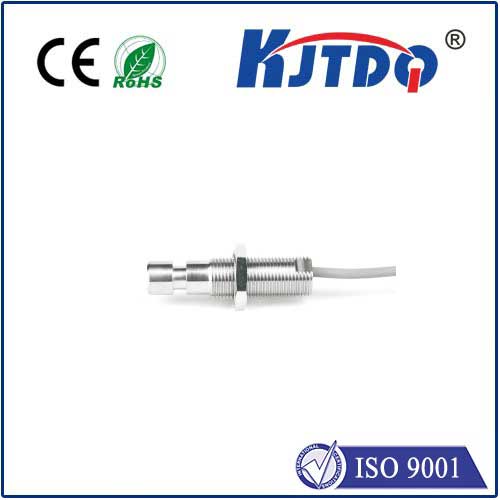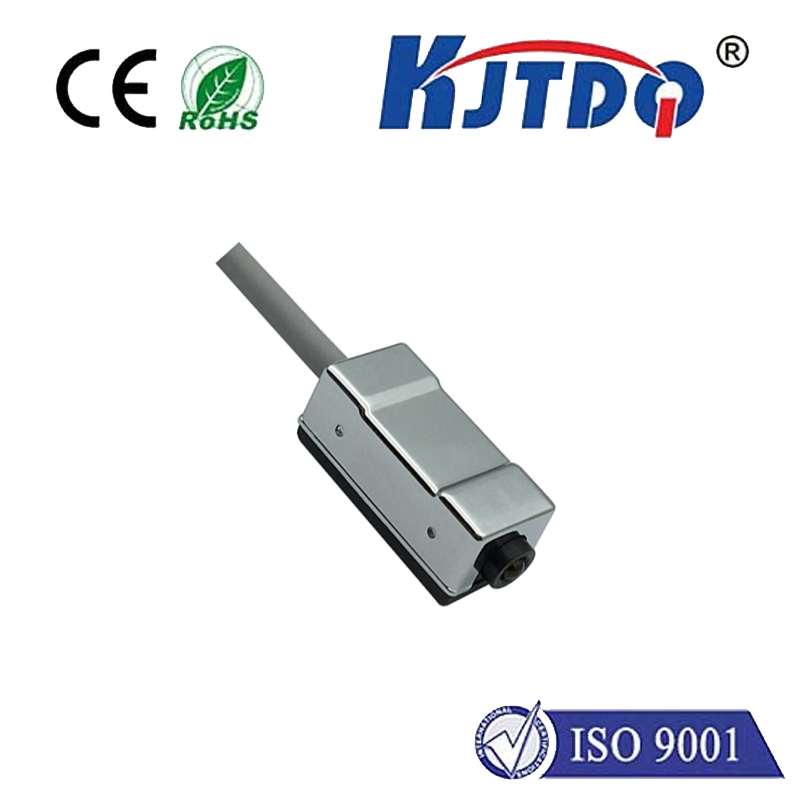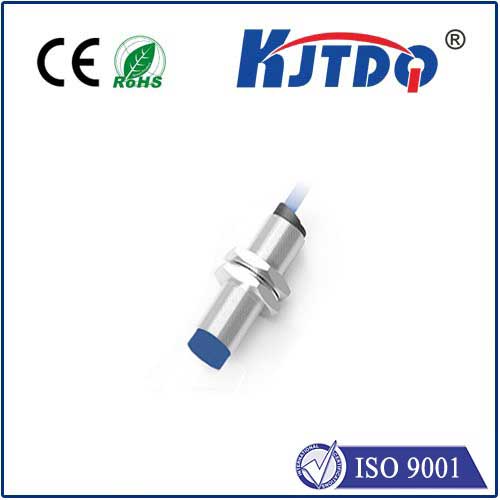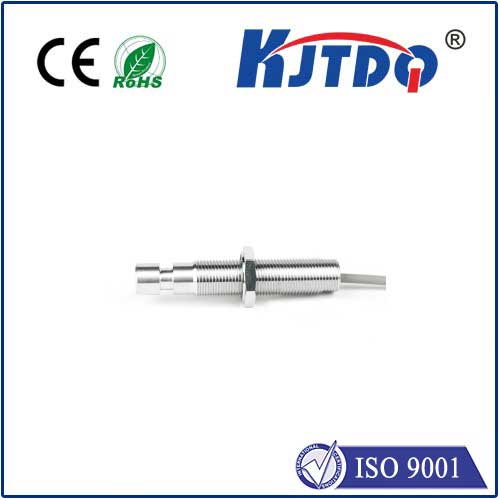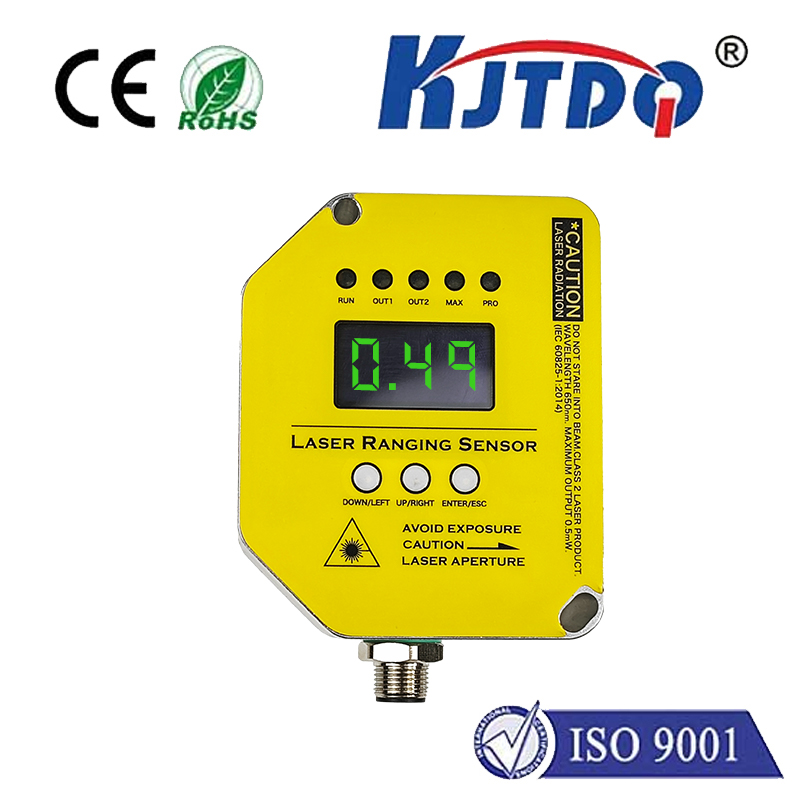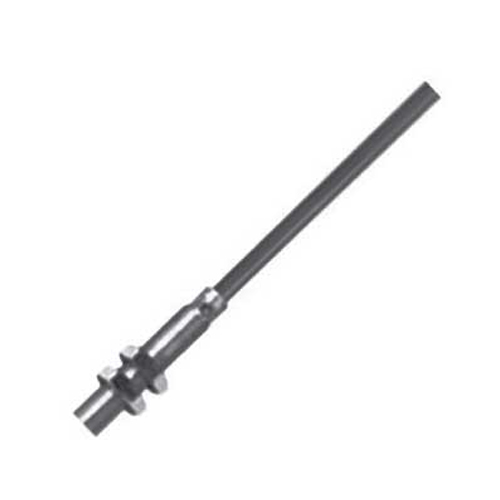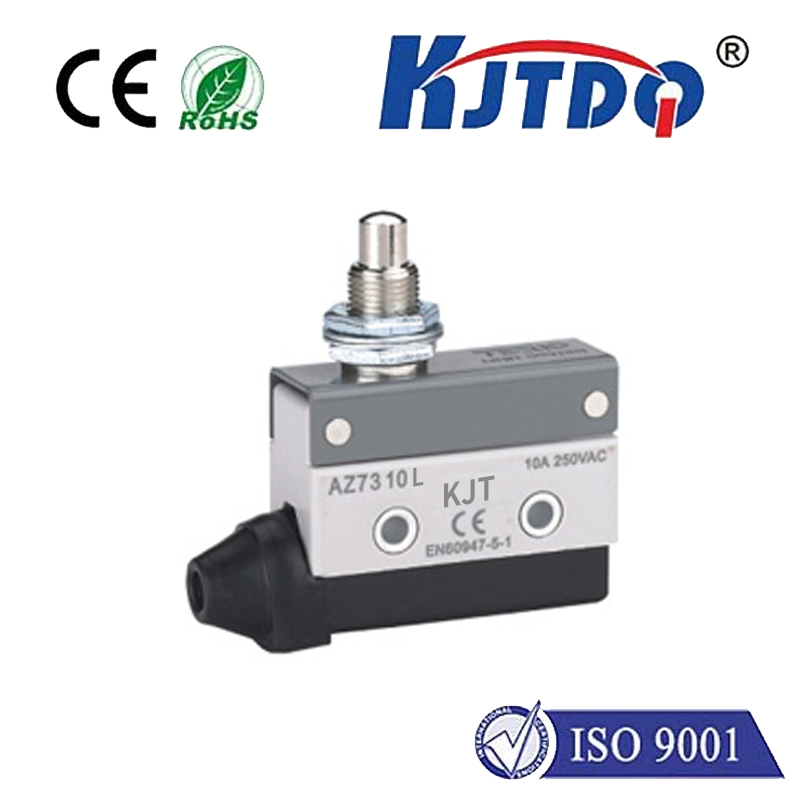PN2014 pressure sensor
- time:2025-09-22 16:31:20
- Click:0
PN2014 Pressure Sensor: Unlocking Precision & Reliability for Demanding Applications
The relentless pursuit of accuracy and durability in pressure monitoring finds a formidable ally in the PN2014 pressure sensor. In industries where process integrity, safety, and efficiency are paramount, selecting the right pressure sensor isn’t just a technical choice; it’s a strategic decision. Sensors like the PN2014 represent a category engineered to thrive under pressure – quite literally. But what sets this specific component apart, and why is it a critical solution for engineers navigating complex measurement challenges? Let’s delve into the capabilities and applications that define the PN2014 pressure sensor.
At its core, the PN2014 is a piezoresistive silicon pressure sensor, a technology renowned for its excellent sensitivity, stability, and linearity. This fundamental principle involves the change in electrical resistance of silicon when subjected to mechanical stress (in this case, pressure). The PN2014 translates the physical force exerted by a gas or liquid into a proportional electrical signal, typically millivolts output (mV/V) relative to the excitation voltage. This analog signal can then be easily conditioned and interpreted by control systems or data acquisition units.

Engineers consistently turn to components like the PN2014 for its robust performance profile tailored for demanding environments. Key characteristics that solidify its reputation include:
- High Accuracy & Repeatability: Delivering precise measurements is non-negotiable. The PN2014 is designed for exceptional linearity and low hysteresis, ensuring readings are consistently reliable over numerous cycles. This is crucial for quality control and process optimization.
- Impressive Long-Term Stability: Drift over time can compromise system integrity. The PN2014’s design and manufacturing processes prioritize minimal long-term drift, maintaining calibration and reliability over extended operational periods, reducing maintenance overhead.
- Broad Operating Temperature Range: Industrial and automotive applications rarely exist in climate-controlled bubbles. The PN2014 typically operates effectively across wide temperature ranges, often spanning from -40°C to +125°C or similar, guaranteeing performance amidst thermal fluctuations.
- Media Compatibility: Exposure to various fluids is inevitable. The PN2014 often features a stainless steel housing or wetted parts, offering excellent resistance to common corrosive media, oils, and gases encountered in industrial settings. Selecting the appropriate version for the specific media is essential.
- Rugged Construction: Designed to endure. The PN2014 boasts high overpressure capability and burst pressure ratings, providing a critical safety margin against unexpected pressure spikes common in hydraulic systems, process control, and testing environments.
Understanding the technical specifications is vital for successful integration. Typical PN2014 sensors offer pressure ranges suitable for various applications (e.g., from low vacuums up to several hundred bar/psi). Key specs usually include:
- Pressure Range: Selectable based on application needs (e.g., 0-1 bar, 0-10 bar, 0-100 bar, etc., with absolute, gauge, or sealed gauge references).
- Supply Voltage: Commonly 5VDC or 10VDC excitation.
- Output Signal: Millivolt per Volt (mV/V) ratiometric output (e.g., 15-30 mV/V full scale).
- Zero Offset & Span: Defined values at a reference temperature (e.g., 25°C).
- Accuracy: Includes combined effects of non-linearity, hysteresis, and non-repeatability (often < 0.25% - 1.0% Full Scale).
- Temperature Compensated Range: The range over which specified accuracy is guaranteed.
- Response Time: Typically very fast, often < 1ms.
- Media Compatibility: Specified wetted materials (e.g., stainless steel 316L).
The PN2014’s blend of precision and toughness makes it indispensable across diverse sectors:
- Industrial Automation & Process Control: Monitoring and controlling hydraulic/pneumatic pressures in machinery, regulating pump systems, leak testing, and precise pressure control in manufacturing processes. Its stability is key for consistent production quality.
- HVAC&R (Heating, Ventilation, Air Conditioning & Refrigeration): Measuring refrigerant pressures, filter monitoring, and duct static pressure sensing for efficient system operation and energy management.
- Automotive & Transportation: Engine testing (oil pressure, manifold pressure), brake system monitoring, suspension pressure sensing, and various hydraulic control systems within vehicles and test benches.
- Medical Equipment: Employed in critical devices like dialysis machines, ventilators (airway pressure monitoring), and anesthesia delivery systems where reliable and drift-free measurements are vital for patient safety.
- Test & Measurement: Serving as a reliable transducer in data acquisition systems for pressure profiling, calibration benches, and laboratory equipment demanding high fidelity.
Implementing the PN2014 (or similar precision sensors) effectively requires careful consideration:
- Signal Conditioning: The mV/V output usually requires amplification and often temperature compensation for optimal performance across the entire operating range. Dedicated instrumentation amplifiers or specialized sensor interface ICs are commonly used. Proper conditioning unlocks the sensor’s full accuracy potential.
- Mechanical Installation: Correct mounting (thread type, sealing) is critical to prevent leaks and ensure accurate pressure transmission. Protect the sensing diaphragm from mechanical shock or particulate matter.
- Environmental Protection: While robust, consider additional protection (conformal coating, proper enclosures) for harsh environments involving moisture, chemicals, or explosive atmospheres (intrinsic safety requirements may apply).
- Power Supply Quality: A stable, regulated excitation voltage is essential for accurate ratiometric measurement. Noise on the supply line directly impacts the output signal accuracy.
- Calibration: Initial calibration against a reference standard and periodic re-calibration are recommended, especially for critical applications, to maintain specified accuracy over time.
Choosing the PN2014 pressure sensor signifies selecting a proven component built for performance resilience. It addresses the core challenge faced by engineers: acquiring precise, dependable pressure data in challenging conditions where failure is not an option. Whether optimizing a complex manufacturing line, ensuring the smooth operation of HVAC systems, advancing automotive technology, or safeguarding medical treatments, the PN2014 provides a foundation of reliable sensing capability. Its combination of piezoresistive accuracy, robust media compatibility, and extended temperature performance makes it more than just a sensor; it’s a critical element enabling innovation and operational excellence across myriad high-stakes industries. Understanding its specifications and application nuances empowers engineers to leverage its strengths effectively.






